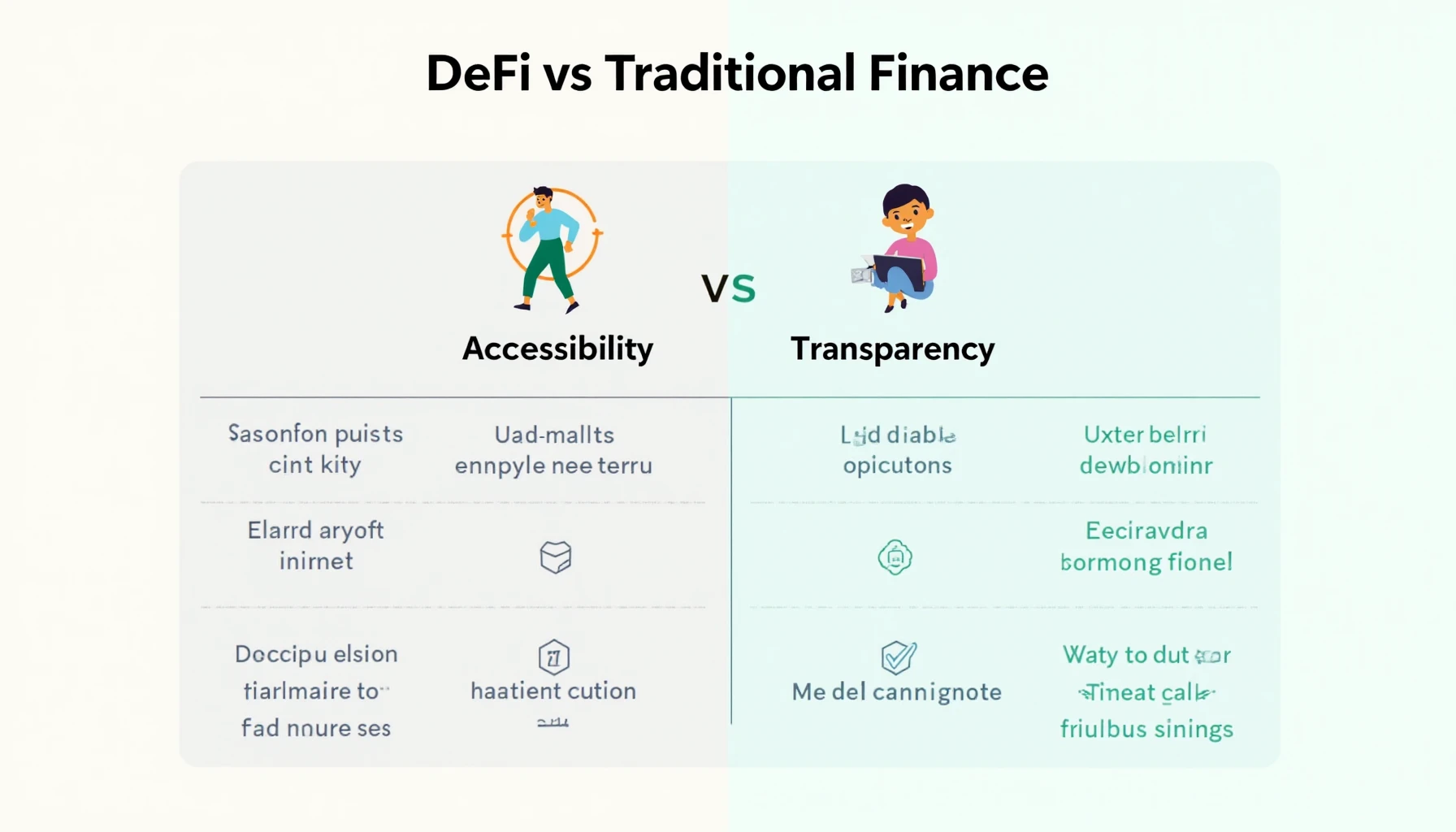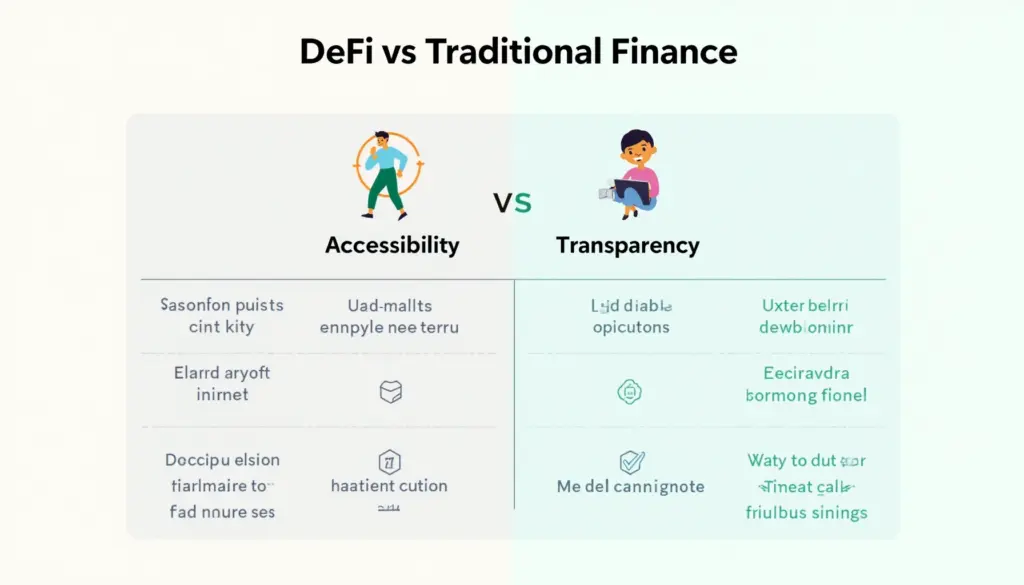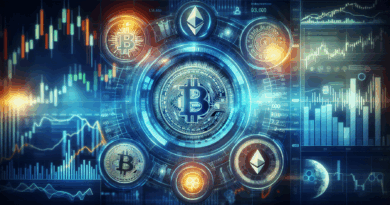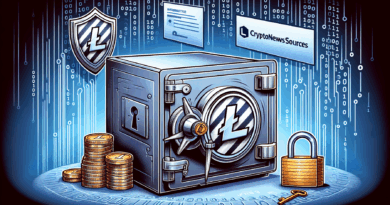DeFi vs Traditional Finance: Understanding the Future of Money
Introduction: The Financial Evolution
Have you ever wondered how decentralized finance (DeFi) differs from traditional finance? With over 2 billion people worldwide unbanked, DeFi is emerging as a potential solution to economic inclusivity. According to recent studies, in 2022 alone, DeFi platforms grew by over 200% in user adoption compared to traditional banking systems.
Understanding DeFi: A New Financial Paradigm
DeFi leverages blockchain technology to create financial systems that operate independently of central authorities. Consider it like a community-driven market where anyone can trade, lend, or borrow without intermediaries. Here are some key characteristics of DeFi:
- Accessibility: Anyone with an internet connection can participate.
- Transparency: All transactions are recorded on the blockchain for public viewing.
- Smart Contracts: Automated contracts that enforce rules without the need for a third party.
Traditional Finance: The Conventional Approach
On the other hand, traditional finance relies on centralized institutions like banks and governments to oversee transactions. This system has its benefits but poses limitations:

- Accessibility Issues: Many individuals cannot access banking services.
- Complexity: Conventional processes can be cumbersome with countless fees and regulations.
- Limited Transparency: Often, users have to trust financial institutions without visibility into their practices.
The Advantages of DeFi Over Traditional Finance
Let’s break down why DeFi is gaining traction:
- Cost-Effectiveness: Lower transaction fees make it an attractive alternative.
- Peer-to-Peer Transactions: Users can transact directly, reducing risks associated with banks.
- Global Reach: DeFi can serve anyone, anywhere, promoting financial inclusion.
For example, if you’ve ever found it expensive to send money internationally, DeFi allows you to do it at a fraction of the cost.
Challenges Facing DeFi
While the benefits are substantial, DeFi faces challenges. Issues like security risks and regulatory uncertainty can pose threats to users. According to a Chainalysis report, nearly 75% of DeFi projects have vulnerabilities that could lead to loss of funds. Therefore, engaging with DeFi requires due diligence.
Conclusion: The Future is Hybrid
In summary, DeFi and traditional finance have their respective advantages and challenges. As we move towards a decentralized future, it’s essential to understand both realms. Whether you’re an investor or just curious, exploring DeFi options could be your next step.
For those considering a dive into DeFi or want to ensure secure transactions, remember: do your research and stay informed. If you’re ready to explore secure wallet options, check our guide for expert recommendations.




